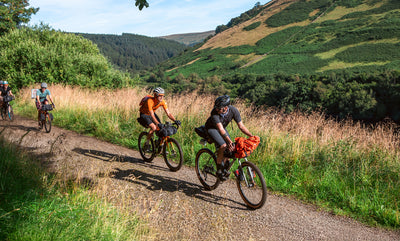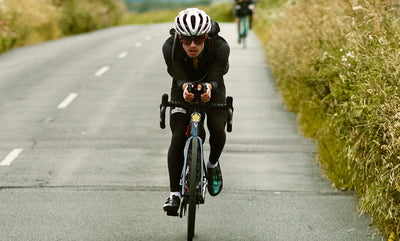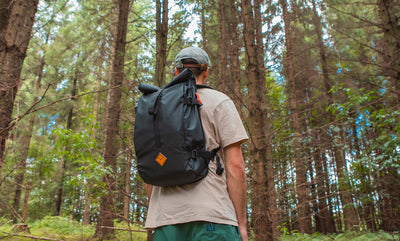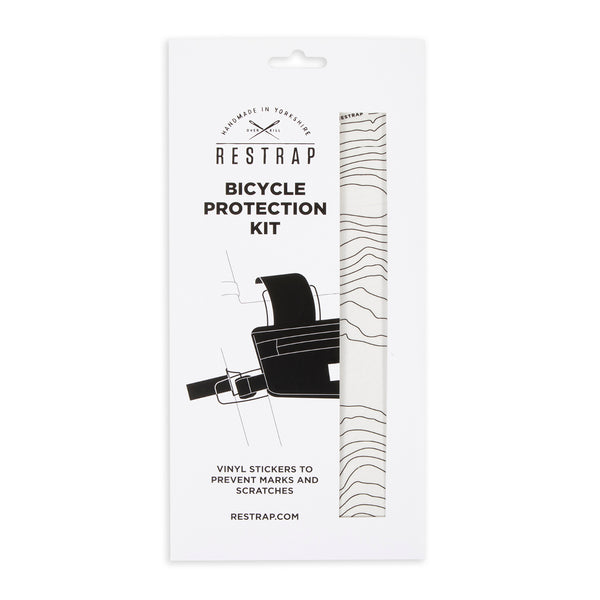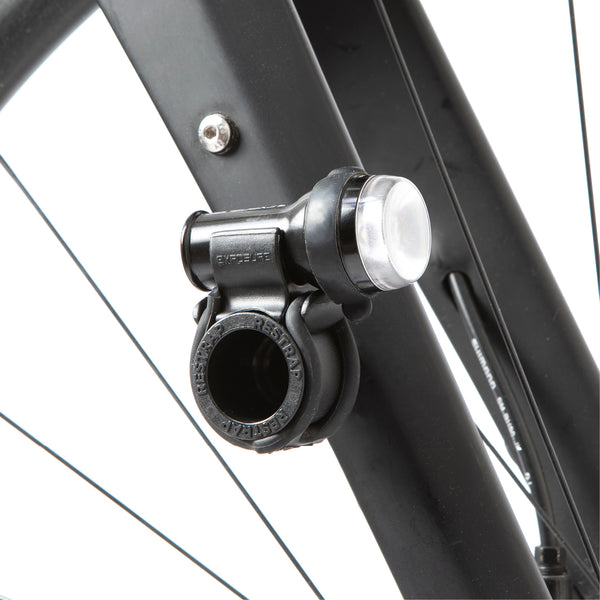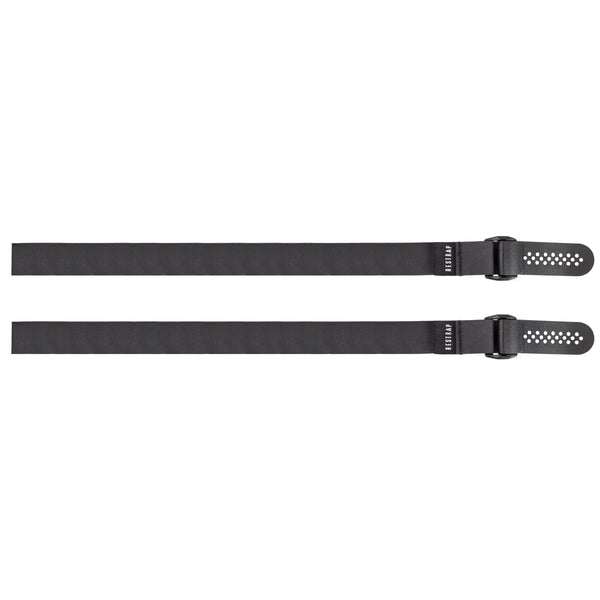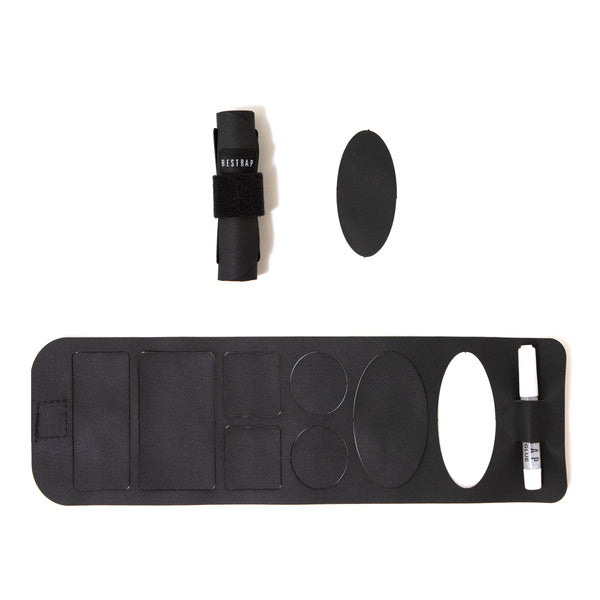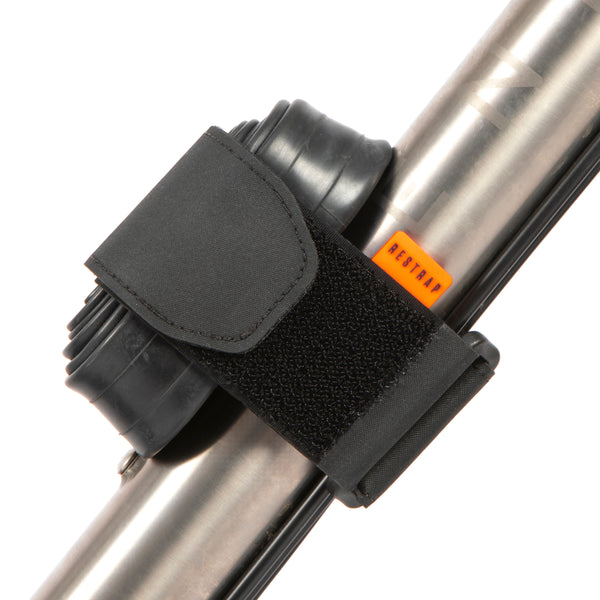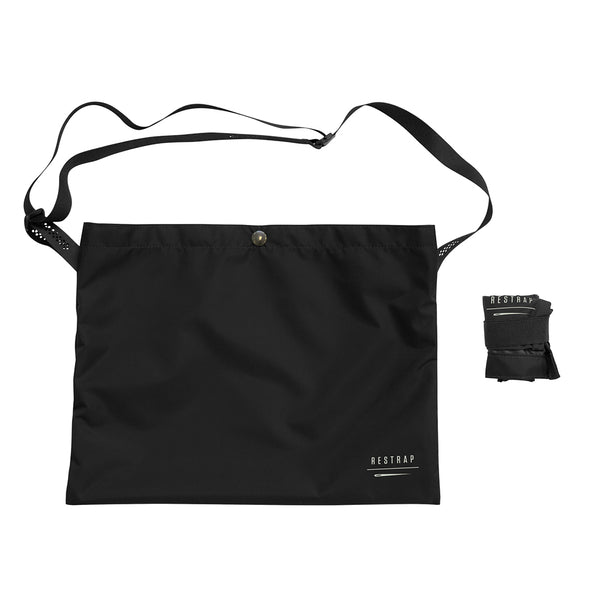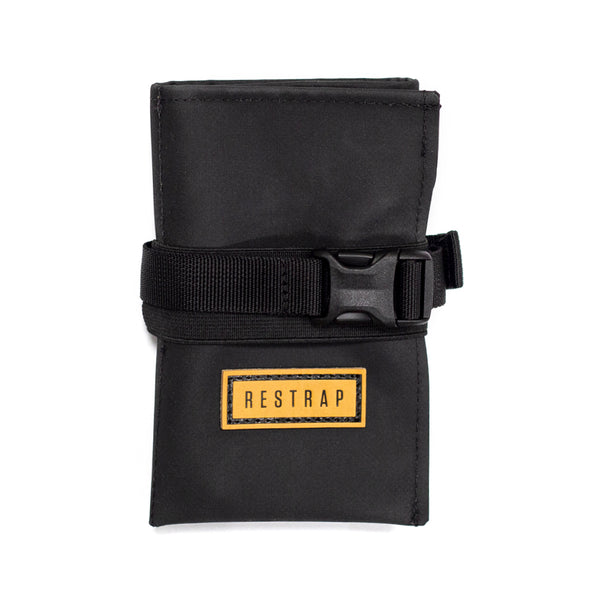Your cart is empty!
Bikepacking Patagonia

A long way South
All Google images of Patagonia make it look pretty much like the highlights reel of an alien tourist magazine for planet Earth. It’s known for its raw and wild beauty, its forest-covered, snow-capped mountains towering out of deep blue lakes, deserts that go on for days, and the occasional condor. The vast majority of visitors to the area arrive and travel through by car or bus, usually taking the Argentina route since there’s a better network of roads that side, allowing you to stop along the way to take photos and appreciate the scale of everything there. Bryn and I though, who are childhood friends, planned to ride the Chilean side to the west, and those travelling by car became our envy at many points along the 2000km route south to the city of Punta Arenas.

The only road that navigates Chilean Patagonia is the Ruta 7, also known as the Carretera Austral, and most of it was built under the Pinochet dictatorship during the 70’s and 80’s to link Patagonia’s sparse population to the rest of the country. The Ruta 7 starts just outside the city of Puerto Montt in the relative south of what is a very long country, and finally rolling onto it after the long ride from Santiago was kind of euphoric. Patagonia was the jam filling of the Chilean doughnut for us, and so as much as we’d loved the previous eight days of avocado demolishing, reaching it was sweet. It was early evening time when we took our first bite of Ruta 7 asphalt, which hugs the coast of a huge inlet from the Pacific Ocean. We rode that night with memorable satisfaction and excitement – the Sun was glistening on the surface of the water to our right, and as we stopped to stock up on bread and cookies for dinner our state of happiness was special in that you’re about to do something you’ve been looking forward to for a long time, right after accomplishing something awesome. It felt like being nine years old on Christmas Eve after having just won the World Cup.


Lovely ripio
By first light the next day we were back on the road, our early rise aided by a wild animal’s attempted murder of a dog on and around Bryn’s tent. One of the beauties of riding in Patagonia is the shear amount of lakes that have to be crossed – the extremeness of the landscape dictates that there is only so much the road can follow the contours of the land without hitting a body of water. On what would be the first of about a dozen ferry crossings, we were now properly able to take in our new surroundings. It felt insane to us that we were here. It was almost an intimidating feeling, and we both described it as being like entering Jurassic Park; the morning mist moved slowly across the tops of the trees, the water on which we sailed was so still it looked like silk, and ahead of us was a mountain that didn’t appear to have an obvious route around. We also knew the reputation of the road that lie ahead, with its long sections of undulating gravel through an untamed wilderness making its conquering seem like the bikepacker’s equivalent of a Bear Grylls’ Ultimate Survivor episode. Yeah, it was intimidating.


Later that day we discovered ‘ripio’ – a word that sounds almost exactly like what it is, which is basically ripped up earth made into the shape of a road. There are various grades of ripio, some ridable, some so bad that its like someone’s job at some point was to actually design roads that were really bad, and then that that person had been very good at their job. We were riding strong and comfortable Fairlight gravel bikes with a bikepacking setup, giving us the best chance of negotiating these roads with ease, but Patagonia’s ripio was pushing this setup to its limits.

A Patagonian Christmas
After a couple of days riding, and on Christmas Eve, we arrived in a small town called Chaiten. Here we found out that there had been a natural disaster down the road – a landslide had fallen onto a small village, killing some and completely blocking it off to road traffic. Terrible news, but we felt so lucky and relieved that we hadn’t reached this point a day or so earlier. We sat in a small café, warming ourselves from the second day of rain with copious amounts of instant coffee, wondering whether we’d have to backpedal into Argentina in order to continue south. After some asking around in our heavily broken Spanish, we learnt that a temporary overnight ferry was being put on for stranded land travellers, connecting Chaiten to the isolated western outpost of Raul Marin Balmaceda approximately 100km to the south. To us this was the only option, and so we took it. We arrived at 5am on Christmas day, the rain having continued as it had done the days before, rolling off the old Soviet ferry into darkness and what felt like the opening scenes of The Day After Tomorrow. The village was closed down. People had either left for Christmas or had shut up shop, but after a while of searching in the rain we eventually found a small guest house on the edge of town. Not in love with the idea of Christmas spent slogging along ripio in a storm, we took refuge for the day, mostly huddled around the fire in the lounge eating crisps and chocolate. Tomorrow we’d worry about the weather, but for now we owed ourselves the rest.

Always check the weather
Christmas day set the weather tone for the remainder of the ride through northern Patagonia, with everyday bringing us an amount of precipitation that surprised even two Englishmen. The planning of this trip had basically consisted of learning Spanish and checking out potential routes, but researching the weather was something we amazingly and naively managed to overlook. It was the middle of rainy season in Patagonia, we had come to learn, and it was making an already tough journey tougher. Listening to the pitter-patter of rain on my tent one morning, unwilling to move from my dry cocoon of contemplation, even for the toilet, I thought to myself how I would never again forget to pre-check the weather. Our equipment had been constantly wet for about five to six days now, and our only chance to dry stuff came in the occasional break in the clouds, or our ability to tie as many wet items to our saddlebags as possible. Later that same day we bumped into two French guys cycling in the opposite direction, and they were bee lining straight for the supposedly drier plains of Argentina to the east. It sounded like an attractive idea to our soggy bodies and minds, but that wasn’t our plan, and we stubbornly continued south.


Despite the discomfort, the rain is what makes the region what it is – without it you wouldn’t have the ridiculous array of plants and wildlife, or the mist covering the tops of foresty mountains from morning till night, or the cosiness of being invited into someone’s house for a warm coffee. It’s also tough riding conditions that make trips like this so memorable, offering miserable lows when your feet are soaked to the bone, but in return providing extreme highs when you find warmth – no discomfort lasts forever. Rain is and can be annoying to the bikepacking traveller, but it’s an irremovable part of nature, for which we were there in the first place. We also found a lot of comfort in each other these days. Bryn and I have known each other since high school, and have both spent a large amount of time riding and travelling, making doing this trip together something really special. We rode hard everyday, but always had each other for lightening the mood and making sure we enjoy the moment.

A border crossing at the end of the world
At the end of the Ruta 7 lies the frontier town of Villa O’Higgins, from where by road you can only return and head back north, or continue south via a complicated boat-hike-boat border crossing to the Argentinian town of El Chalten – our route was taking us south. From stories we’d heard off other travellers the days when you could make the crossing were few and far between. This was due to the fact that the boat used was little more than a glorified rubber dinghy, and the open water was often choppy from the rain. The day we were set to take the boat we were told to be at the port by 4am, supposedly to avoid more bad weather in the area. Riding in the dark over the 7km of ripio that took us down to the meeting point, we had no idea whether the boat would even depart. Arriving at the two-boat port as first light slowly appeared over the mountains to our left, the weather seemed to be calm and on our side. The captain arrived late and stinking of alcohol, but this was our window to cross, and we had to take it.

It took about two hours to cross the first lake, and after having our passports stamped out of Chile, we began the character building experience of hiking our bikes over a mountain, through bogs, across rivers and down towards Argentina. At times like a game show, and at others just plain swamp wading, during those five hours it was hard to enjoy the beauty that we knew surrounded us. Such is the nature of pushing yourself to these extremes. Upon reaching the remote Argentinian passport control point we both reflected on whether we’d ever had to do something so tough, but it’s always hard to say. Pain and discomfort stays in your mind and body only as long you’re doing what’s hard, then it goes away as if it was never even there. And so as we cleaned the remnants of the mountain off our bikes we agreed that we’d never really know.

After a second, more legitimate-looking ferry across to Argentina, we were back on asphalt. The 530-odd kilometers of Argentina were so sparse that a lack of anywhere to withdraw more pesos or buy food forced us to ride the distance in just over two days, landing us back in Chile at the entry point to the famous hiking region of Torres del Paine. With time on our hands, and ill prepared, we took the 19km day hike up to the renowned three lumps of the national park with nothing but a plastic bag’s worth of food. Torres del Paine, more like Torres del Pain. From all accounts it’s meant to be the crème de la crème of Patagonia, but after having spent the previous ten days in total isolation from the regular Patagonia tourist traffic, the whole thing was a bit of a disappointment. At no point could you escape the crowds, and if you didn’t know any better you’d think that the whole mountain was purpose built to make money. It was probably the worst way to spend a day off the bike, but we were glad we made the effort. The view at the top had still been nice.


The final stretch
Following our stressful and strenuous ‘day off’ we carried on towards our end destination of Punta Arenas – the most southerly point in the world that either of us had ever been. The winds that had now become infamous, blowing us around like kites since we left Santiago almost a month prior, continued as we rolled out of Puerto Natales in the early afternoon after a long sleep and breakfast. Like the whole region had been, this last stretch would be just as remote, with only one town between us and our finish line 250km away. The winds were generous that afternoon, making light work of reaching roughly the halfway point to Punta Arenas, at which we found suitable camping behind a ridge in the vast rolling landscape.


We were woken early by the same wind that blew us to our camping spot, making putting the tents away like trying to eat a meal while someone keeps knocking the food off your fork - difficult. The winds had even picked up from what they were the day before, and were now going in almost the complete opposite direction. We battled through it for a couple of hours, leaning at a constant 30 degree angle to counteract the side gusts, until Bryn nearly got blown onto the opposite side of the road. Not wishing to push our luck with the weather, we called it a day at this point, hitchhiking the remaining 75km to Punta Arenas hidden in the back of a Nestlé lorry sat atop a crate of strawberry yoghurts. It was almost anticlimactic – no ribbon to pass through, no one cheering us through the streets, but such is the nature of adventure.


The glory is a personal one, and the satisfaction isn’t just an end goal, more an accumulation of moments and experiences. Patagonia had been tough, for sure, but the pain of endurance adventures is so incredibly temporary, and the memories already have me hungry for the next one.
Word and Photos by Chris Marshall














